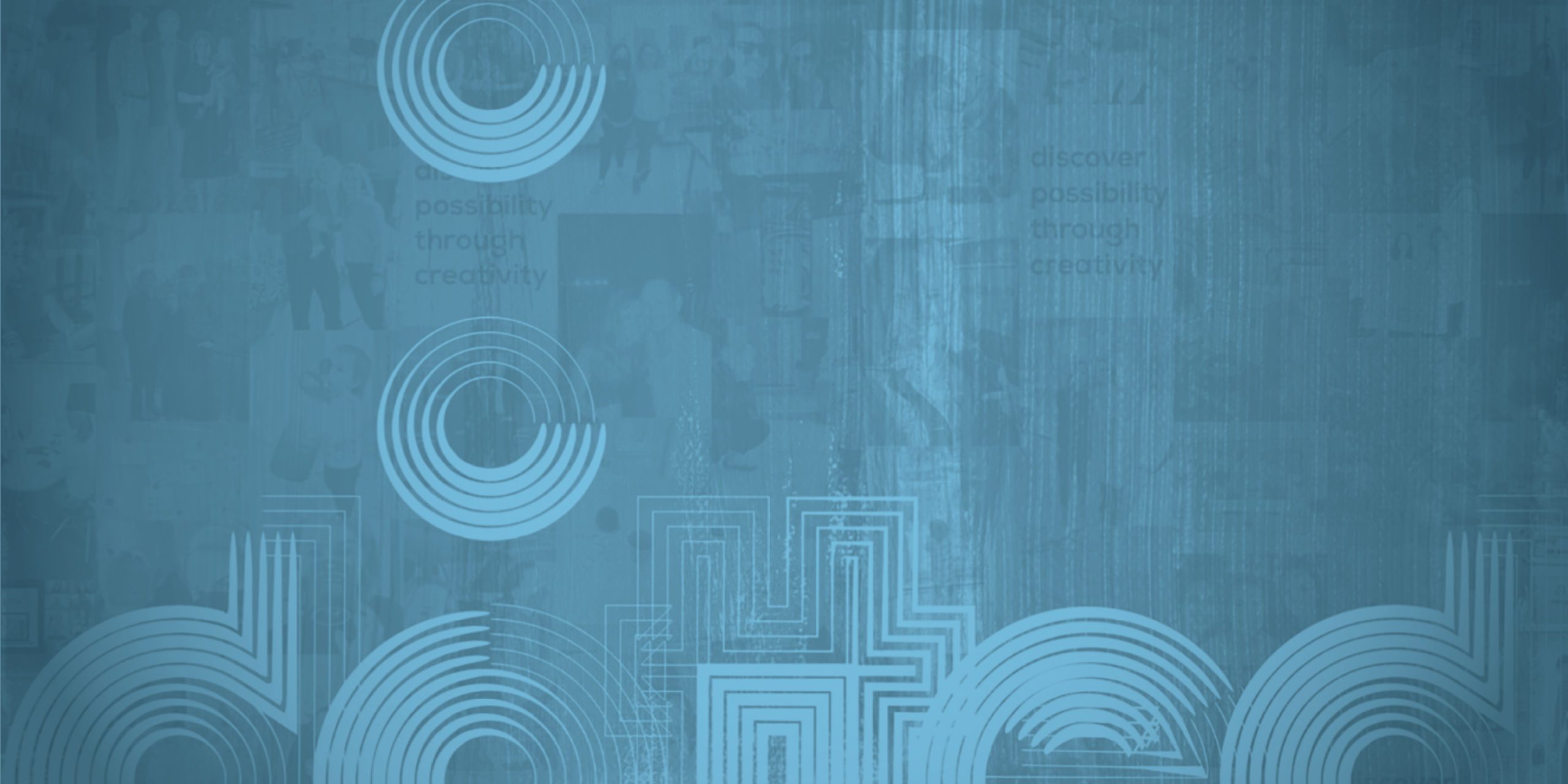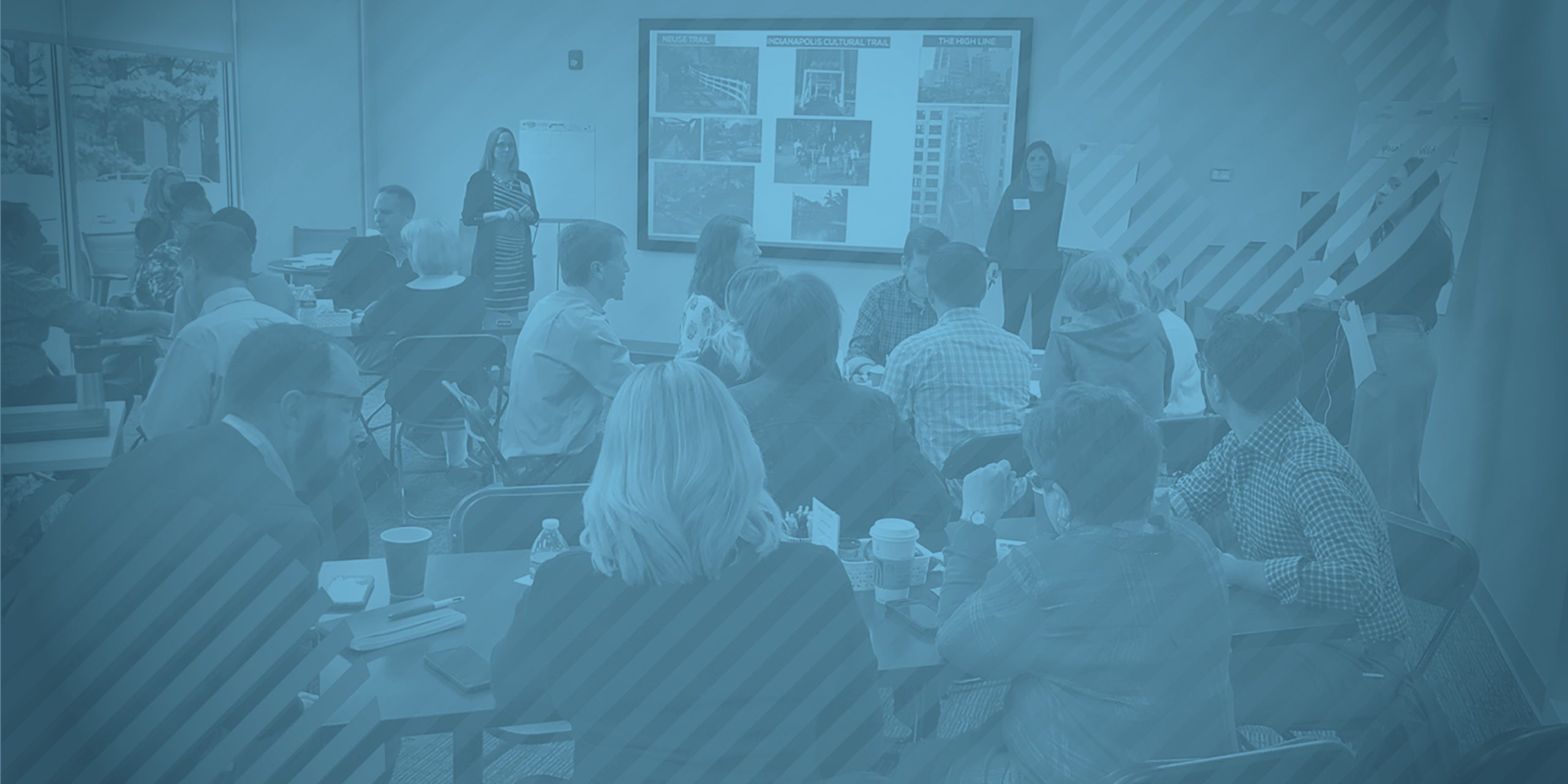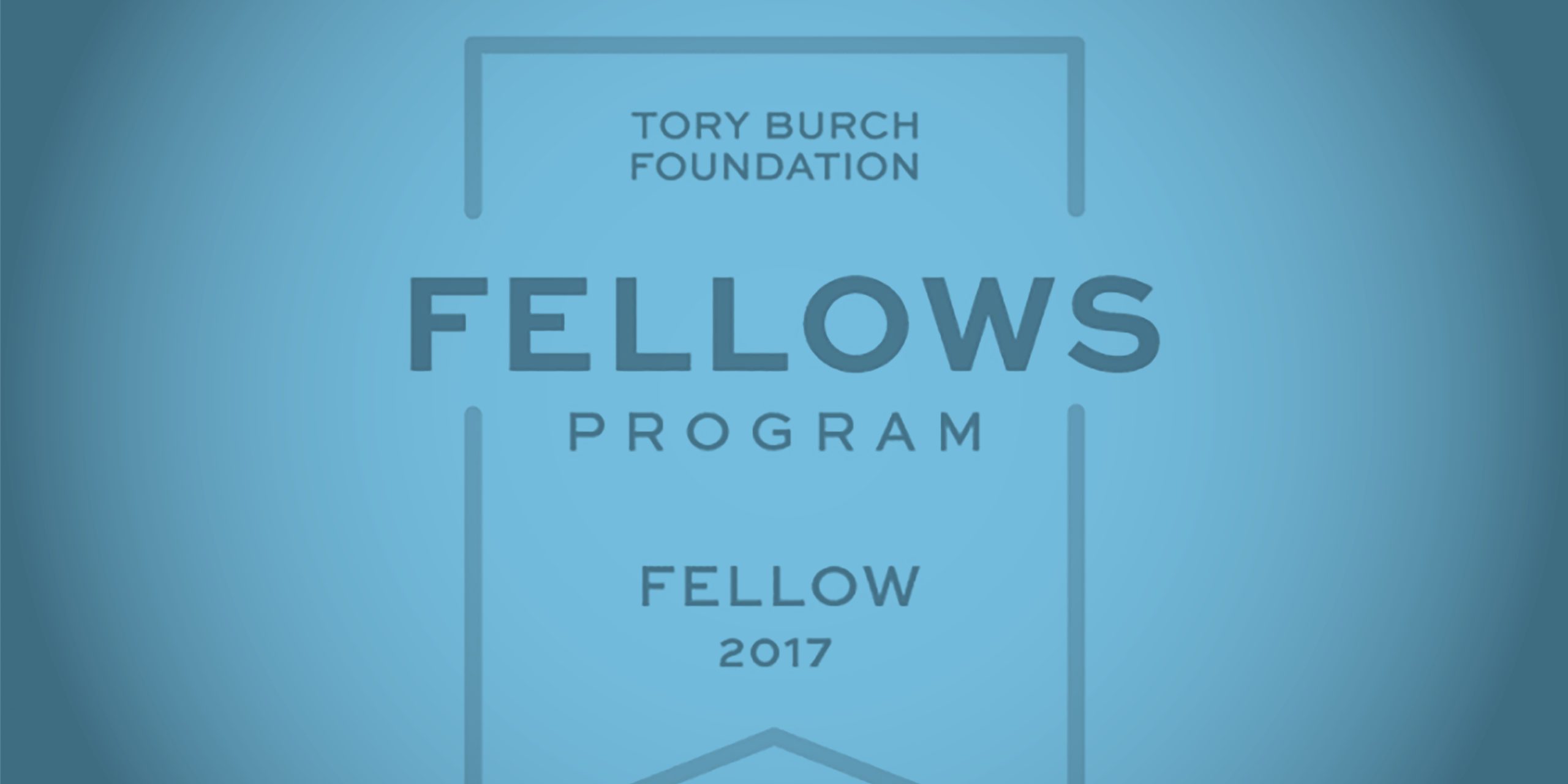Unless you’ve taken a month-long, off-the-grid vacation, chances are you’ve noticed the massive NFT boom. From coveted “packs” of NBA video clips reminiscent of physical trading cards to a digital collage by graphic artist Beeple that sold for a whopping $69 million, everyone’s eyes (and crypto wallets) are opening to the baffling new world of blockchain-secured digital assets.
What exactly is an NFT?
If you’re still wondering what exactly an NFT is, you’re not alone.
For starters, the acronym stands for “non-fungible token.” “Non-fungible” means that something has unique value and can’t be substituted. For example, a dollar bill is fungible: you can swap one dollar for another and no one will notice the difference. A work of art, on the other hand, is non-fungible: if you swap Van Gogh’s Starry Night with a cheap gift shop replica, you’ll have a huge art heist on your hands.
A “token” refers to a digital asset (like an image, GIF, or video clip) registered on a blockchain. Every NFT corresponds with a unique bit of code, which stores an unalterable public record authenticating the token’s provenance (when it was minted, who bought and sold it, and for how much). This level of traceability is unprecedented for digital files—it enables clear ownership verification and commodification of everything from world-famous memes to iconic tweets, fueling a new market for rare virtual status symbols.
With even the most mundane of NFTs—like an image of a New York Times column about NFTs—racking up substantial press, all the buzz got us thinking. If anyone can make an NFT out of just about anything, why not make our own and put it up for sale?
Introducing Untitled 01 (1/1), an NFT by Dotted Line

Armed with a newfound appreciation for fungibility and inspired by the permanent, unalterable nature of tokenized artworks, we set out to create a digital time capsule for our inaugural NFT. As is our brand promise, we started with strategy. Our team met to discuss the tokenization trend, how Dotted Line could effectively demonstrate our creative capabilities within the NFT medium, and how best to engage the entire agency in the effort. After taking a little time to identify the intersection of the format and our marketing goals, Mitchell Jordan (our Associate Creative Director and digital art mastermind) suggested a digital collage of snapshots from the team.
From there, Account Manager Tom Hinkes gathered nearly 100 images of everyday moments from the Dotted Line team and clients. Mitchell then wove the shots into a collage memorializing where the agency stands at this specific point in time. The colorful brush stroke overlay speaks to both the diverse spectrum of people, interests, and stories at Dotted Line as well as the arts and crafts trend that we see as very “of the moment.” With our digital artwork finalized, we moved on to the critical step (or more literally, the convoluted series of steps) of actually minting the file to transform it into a bona fide NFT.
The Nitty-Gritty of NFT Registration
Selling an NFT is a bit more complicated than traditional e-commerce since all transactions take place in cryptocurrency, not dollars. An array of different cryptocurrencies can be used to buy and sell tokens since multiple blockchains support NFTs. In an effort to be purists to the process, we selected Ethereum—the predominant blockchain network for NFTs—and its cryptocurrency, ether, to mint our token.
All NFT-related transactions require a digital wallet for storing, sending, and receiving cryptocurrency funds, so before we could acquire any ether, we needed a place to store it. We identified MetaMask as the ideal place to house our digital wallet—it’s a browser-extension that easily integrates with mainstream NFT marketplaces to simplify buying and selling.
With our new cryptocurrency burning a hole in our (digital) pocket, we could finally focus on transforming Mitchell’s digital artwork into a digital token by selecting a marketplace to house the creation. Several marketplaces facilitate NFT minting and trading, each with their own curatorial specializations buying and selling terms. We used Mintable, a free, open platform that streamlines the complex, technical nature of blockchain contracts and makes minting and selling an NFT straightforward and user-friendly. After linking our MetaMask wallet, we uploaded the collage to our agency account, set our selling price, and launched it on the marketplace.
Once we listed our NFT, we realized we couldn’t bear to part with it. To mark this singular milestone for the agency, we purchased Untitled 01 ourselves, adding an authentic, minted, NFT to Dotted Line’s digital portfolio. To buy our creation, we used a credit card to purchase ether through MetaMask and moved it to our digital wallet in the same way you’d transfer money to an external bank account. With enough ether in our wallet to purchase Untitled 01 and cover Mintable’s associated fees, we finally secured Dotted Line’s one-of-one digital collage. But we weren’t completely finished yet. The costs of trading assets on the blockchain aren’t just financial—there are environmental costs stemming from the energy required to generate complex code associated with the minting process. To offset our carbon costs, we purchased carbon credits from Aerial, a startup that distributes funds to forest conservation groups.
In a world of boundless NFTs, why does Dotted Line’s matter?
Everything we do at Dotted Line, from crafting a client’s repositioning strategy to dipping our toes into the digital art market, ladders back to our mission as an agency: to discover possibilities through creativity.
Our mission of discovery is just as embedded in our agency DNA as it is in Mitchell’s NFT design. That key verb—discover—means that we’re constantly on the lookout for groundbreaking innovations and planning ahead for the ways in which they’ll impact our clients’ businesses. To us, “discover” doesn’t simply mean skimming a daily news digest. It means rolling up our sleeves and getting our hands dirty—in this case, setting out on the arduous journey of minting an NFT to get a feel for the process inside and out. Much more than simply creating a digital artwork, Dotted Line’s NFT was all about process. The transaction in and of itself—surveying the NFT market, digging into cryptocurrency, and putting in the grunt work to actually execute the sale and purchase of Untitled 01— became the essence of the creative journey. The artwork itself is just an album cover!
NFTs are already making their way into the mainstream advertising world as brands experiment with their rich storytelling potential. Taco Bell leveraged an NFT drop to simultaneously promote new menu items, raise funds for charity, and generate a burst of positive press mentions. Even more relevant, the blockchain technology underpinning NFTs has the capacity to revolutionize an endless list of everyday business operations—think buying stock photography, issuing coupons and discount codes, and more.
Whether you’re ready or not, buzzwords like “blockchain” and “non-fungible” will only become more commonplace, so drop us a line if you want to learn more about our NFT journey or explore the possibility of an NFT for your brand.
;)
;)
;)
;)
;)
;)
;)
;)
;)
